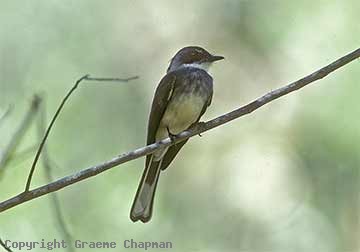
Rhipidura rufiventris
TAXONOMY
Platyrhynchos rufiventris Vieillot, 1818, Timor. Twenty-four
subspecies.
OTHER COMMON NAMES
English: White-throated fantail; French: Rhipidure а ventre
chamois; German: Witwen-Fдcherschwanz; Spanish: Cola de
Abanico Norteсo.
PHYSICAL CHARACTERISTICS
6.5–7.1 in (16.5–18.0 cm); 0.35–0.6 oz (10–17 g). Gray-brown
plumage with buff belly and white lateral tail feathers. White
streaks on breast; white brow and chin to throat.
DISTRIBUTION
Northern Australia, New Guinea, Bismarck Archipelago,
Moluccas, Lesser Sunda Islands. Found mainly in the lowlands
and hills, locally up to 5,400 ft (1,640 m) on New
Britain.
HABITAT
This species can be found in a range of habitats, including
open eucalypt woodland, rainforest fringes, mangrove forest,
monsoon forest, riverine vegetation, wooded swamps, tall secondary
growth, forest edges, and garden areas.
BEHAVIOR
Territorial, usually solitary or in pairs. Often conspicuous
when it chooses exposed perches. Often joins mixed-species
feeding flocks. Less active than other fantails; spends more
time perching and engages in more sedate aerial pursuits. Generally
quiet, unobtrusive, undemonstrative. Typical stance upright
with the tail held vertically.
FEEDING ECOLOGY AND DIET
Eats a variety of insects obtained almost entirely by hawking,
although sometimes gleaned from branches and leaves. Commonly
joins mixed-species foraging flocks of other small insectivorous
songbirds.
REPRODUCTIVE BIOLOGY
A pair may produce 1–2 broods per season, which runs from
Aug.–Jan. in Australia and from the mid-dry to the mid-wet
season in New Guinea. Both parents build the nest, incubate,
and care for the young. The female lays two spotted eggs in
the small cup nest. As with most fantails, this has a tail about
2.8 in (7 cm) long hanging from the underside.
CONSERVATION STATUS
Generally common to fairly common; not threatened.
SIGNIFICANCE TO HUMANS
None known.
Photo Gallery of - Northern fantail
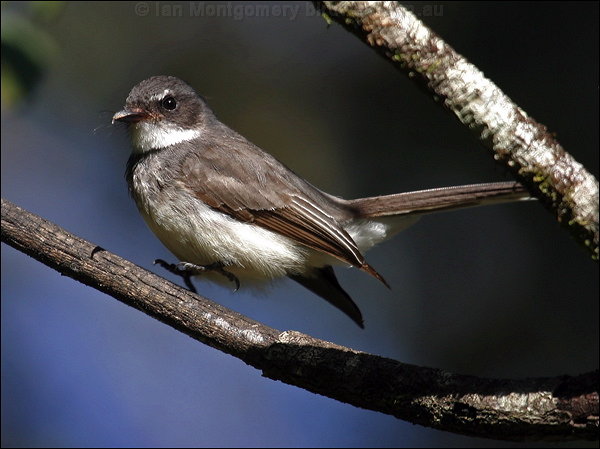
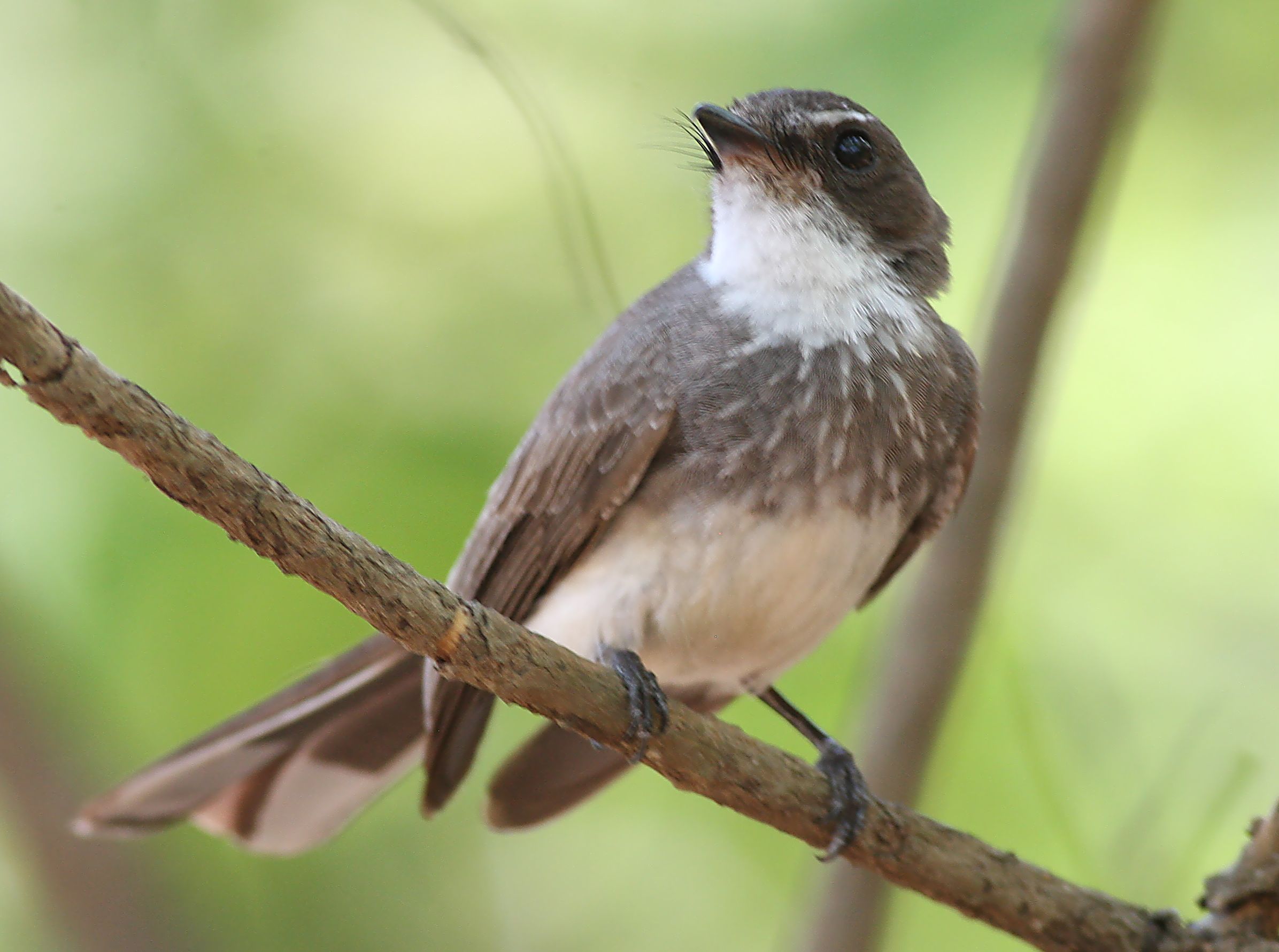
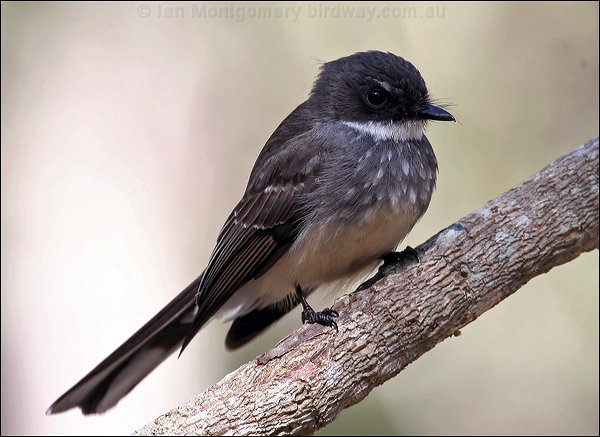
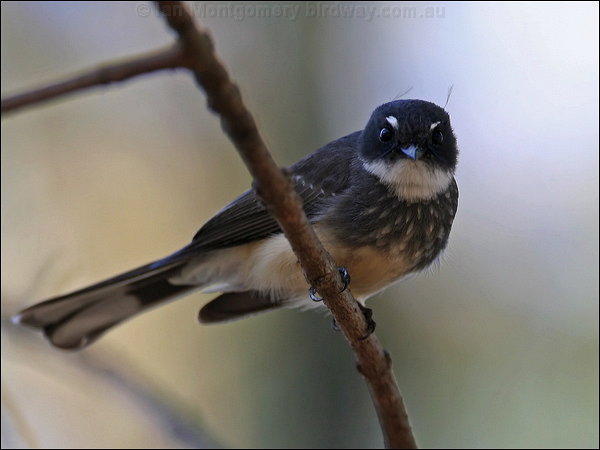
 Animalia Life
Animalia Life